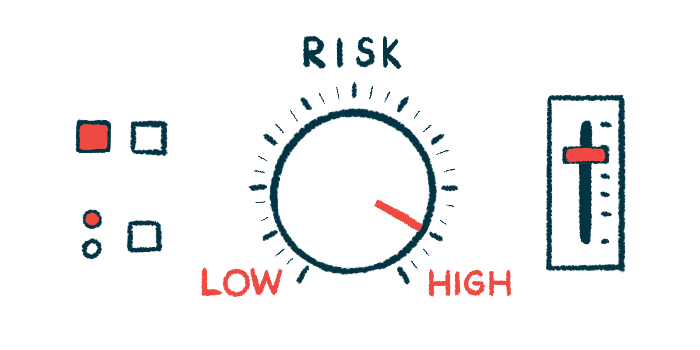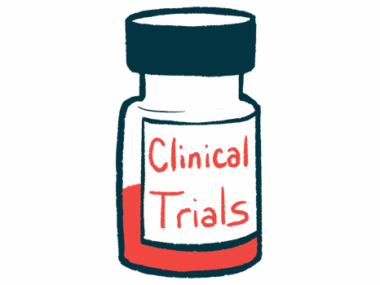Sjögren’s patients have higher risk of non-Hodgkin lymphoma: Study
Chances of developing solid tumors also increases for this group
Written by |

People with Sjögren’s disease are at higher risk of developing non-Hodgkin lymphoma (NHL), a type of blood cancer, as well as other malignancies, a study reports.
Researchers also identified several risk factors associated with cancer development in Sjögren’s patients, noting that nearly a quarter of deaths seen among these patients could be attributed to cancer.
“These findings underscore the need for early identification of high-risk patients and the refinement of risk prediction models,” researchers wrote.
The study, “Cancer risk in Sjögren’s Disease: A longitudinal cohort study on incidence, predictors, and mortality impact,” was published in Seminars in Arthritis and Rheumatism.
Link between Sjögren’s, solid tumors investigated
Sjögren’s is a chronic autoimmune disorder marked by dry eyes and mouth, among other symptoms.
Previous studies have shown Sjögren’s is linked to an increased risk of NHL. However, research remains split on whether other types of cancer, particularly solid tumors, are more likely to arise in people with Sjögren’s than in the general population.
To investigate this link, researchers examined data from 314 people diagnosed with Sjögren’s who were receiving care at one of several clinics in Spain. Most (94.6%) were female, and were diagnosed at a median age of 49.9 years.
Over a median of 9.5 years of follow-up, 7% of patients developed cancer. Of these, half developed blood cancer, specifically NHL. The other half had solid malignancies, with breast cancer being the most common.
Compared with people in Spain of similar age and sex, patients with Sjögren’s had a 68% higher chance of developing cancer. That risk was even higher for blood cancers, with Sjögren’s patients being 3.55 times more likely to develop such cancers than people from the general population. For solid tumors, the risk was 1.54 times higher.
“NHL alone accounted for the most of the excess cancer risk, underscoring its central role in [Sjögren’s disease]-associated malignancy,” the team wrote.
Using statistical analyses, the researchers identified a series of risk factors associated with cancer development in Sjögren’s patients. Malignancy predictors included lymphadenopathy (enlarged lymph nodes), cryoglobulinemia (a condition where abnormal proteins clump in the blood), and splenomegaly (enlarged spleen). Older age and smoking were identified as independent risk factors for cancer development as well.
NHL alone accounted for the most of the excess cancer risk, underscoring its central role in [Sjögren’s disease]-associated malignancy.
The team also found a prior history of cancer in Sjögren’s patients significantly increased the risk of blood cancer development over that of a solid malignancy.
Additional analyses showed significantly more participants with blood cancers used antimalarials, a class of medications that can also help manage Sjögren’s symptoms, than participants with solid tumors. Patients with blood cancers also had higher levels of beta-2 microglobulin, a small protein that can be used as a tumor marker, compared with those with solid malignancies.
Over the course of the follow-up period, cancer accounted for 23.8% of deaths among study participants.
“Our findings underscore the substantial impact of malignancy on overall mortality, revealing that cancer-related deaths account for a significant proportion of excess mortality in [Sjögren’s disease] patients,” the researchers wrote. “These results reinforce the need for tailored malignancy screening strategies …, particularly for high-risk patients with identified predictors such as lymphadenopathy, splenomegaly, and cryoglobulinemia.”






